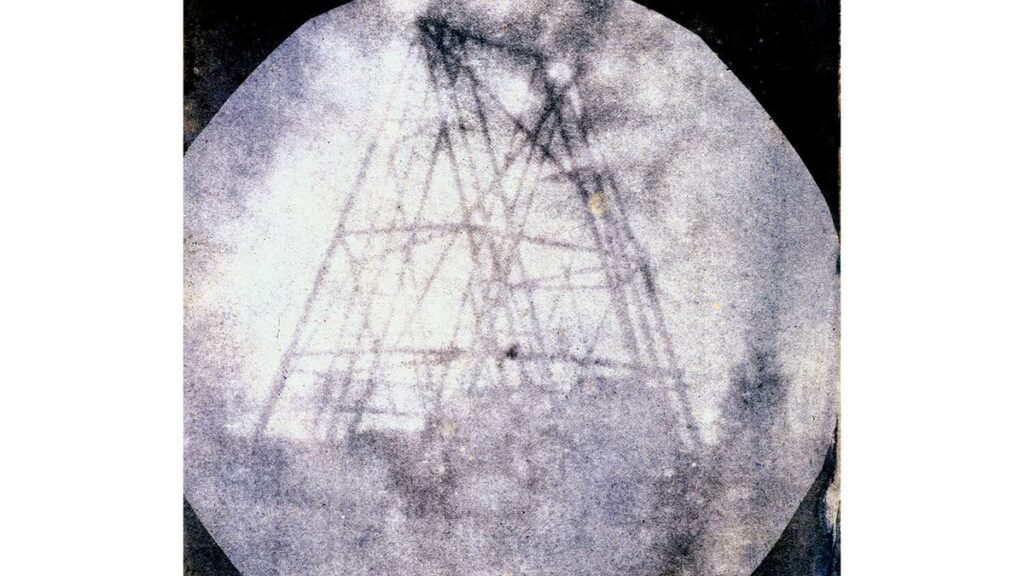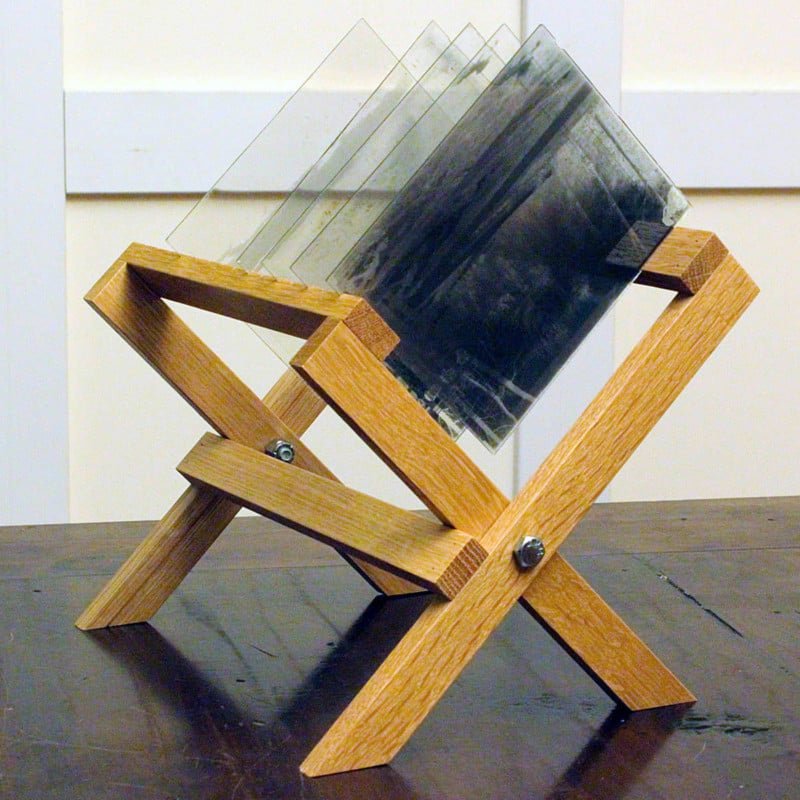Before the rise of film and digital imaging, glass plate photography dominated the world of visual documentation. Its clarity, stability, and permanence made it a preferred medium for capturing some of the most iconic images in science, exploration, art, and architecture. Though the technique is largely historical today, its impact continues to be felt—not just in archives, but in modern glass manufacturing and the global float glass industries.
In this article, we explore four key regions where glass plate photography thrived, leaving behind a rich legacy of innovation, artistry, and influence on materials science. We’ll also examine how these regions shaped the evolution of glass plate negatives and contributed to today’s precision float glass manufacture.
1. Western Europe – The Birthplace of Glass Plate Innovation

Western Europe was the heart of glass plate photography during the 19th and early 20th centuries. Countries like the United Kingdom, France, and Germany were early adopters and innovators in both photographic science and glass production.
Why It Thrived Here:
- Home to photographic pioneers such as Louis Daguerre and Frederick Scott Archer
- Industrial revolutions supported glass production at scale
- Universities and scientific institutions drove research in optics and chemistry
Historical Impact:
European photographers and scientists used glass plate negatives to document everything from early cityscapes to solar eclipses. These plates, many of which still survive, serve as high-resolution records of a rapidly changing world.
At the same time, Europe’s advancements in clear float glass set the foundation for modern materials used in today’s architecture and optics. Learn more about the role of glass plate photography in float glass and how this early technology influenced global manufacturing standards.
2. North America – The Rise of Commercial and Scientific Use
Glass plate photography saw widespread commercial and scientific use across North America, particularly in the United States and Canada. During the late 1800s and early 1900s, the technique was crucial for everything from journalism and portraiture to astronomical studies and geological surveys.
Why It Thrived Here:
- Expanding press and publishing industries created demand for high-quality imagery
- Westward expansion and exploration were extensively documented using glass plates
- Institutions like Harvard, Smithsonian, and the USGS preserved massive photographic archives
Historical Contributions:
Glass plate collections in North American libraries and museums include rare images of Indigenous communities, early infrastructure, and natural wonders. These collections are now used in digital restoration, virtual exhibits, and 3D modeling.
The demand for consistent, high-quality glass plates also accelerated the development of better manufacturing techniques—techniques that were instrumental in shaping today’s float glass industries and scientific imaging tools.
3. The Middle East – Preserving Culture Through the Lens
Though often underrepresented in early photography histories, the Middle East played a significant role in the documentation and preservation of cultural heritage through glass plate photography. Photographers from the Ottoman Empire, Egypt, and Iran used glass plates to record architecture, traditions, and archaeological sites—many of which no longer exist.
Why It Thrived Here:
- Cultural preservation efforts in ancient cities like Cairo, Istanbul, and Damascus
- Early interest in combining Islamic art and Western technologies
- Growing tourism and archaeological exploration during the colonial period
Lasting Influence:
Many Middle Eastern museums and universities still house vast archives of glass plate negatives, showcasing the architecture and lifestyle of the 19th and early 20th centuries. These plates are now being digitized for global access, and their technical demands helped elevate regional glassmaking practices.
Fast-forward to the 21st century, and the Middle East—especially the UAE—is now home to one of the world’s most advanced float glass manufacture hubs. Discover more about the float glass industries in UAE and how the region’s heritage in fine glass has evolved into modern innovation.
4. The Mediterranean – A Hub for Art, Science, and Modern Glasswork
The Mediterranean region has a long-standing tradition in glass artistry, dating back to Roman times. This made it a natural center for the rise of glass plate photography in countries like Italy, Greece, and Spain. From fine art studios to scientific laboratories, glass plates were used extensively in both aesthetic and empirical documentation.
Why It Thrived Here:
- Legacy of glassmaking in Venice, Alexandria, and other historic cities
- A strong art and culture scene with early adoption of photography as a medium
- Rapid modernization in the 19th century created demand for urban documentation
Today’s Connection:
The Mediterranean’s rich photographic heritage has evolved into world-class float glass industries, with leading producers such as Şişecam (Turkey), Guardian Glass (Spain), and Saint-Gobain (Italy). These manufacturers provide clear float glass for everything from luxury interiors to solar panels, using quality control principles first refined during the glass plate era.
The emphasis on clarity, durability, and flatness—once essential for high-quality photographic negatives—remains central to today’s glass products. For an in-depth look at the legacy of glass plate negatives, see how these historical tools are still influencing glass standards.
How Glass Plate Photography Shaped Modern Imaging and Materials
Though glass plate photography is rarely used today, its influence is deeply embedded in both imaging and materials science. The demand for flawless glass surfaces pushed early manufacturers to innovate, setting the stage for:
- Standardized glass thickness and optical clarity
- Chemically stable substrates suitable for emulsion coatings
- Long-lasting archival quality, now echoed in museum-grade float glass products
These developments didn’t just impact photography—they directly contributed to advancements in glass installation for architecture, automotive, and electronics.
Explore the modern art and precision of glass installation, where craftsmanship meets engineering.
Conclusion: A Global Legacy in Glass and Imagery
From the streets of Paris to the deserts of Cairo, glass plate photography captured the world in unmatched detail and clarity. But beyond the images themselves, the medium changed how glass was produced, valued, and used across industries.
The four regions explored—Western Europe, North America, the Middle East, and the Mediterranean—each contributed uniquely to the development of photography, science, and float glass manufacturing. Today, their legacy continues in every crystal-clear skyscraper window, scientific lens, and digitally restored photo once captured on a simple glass plate.
As we continue to innovate in both imaging and materials, the impact of glass plate photography reminds us that precision, clarity, and timeless quality are as important now as they were over a century ago.

